Description
The 1973 US tour gives the impression of being very blessed with soundboards recorded via PA out, but their appearance can be roughly divided into two periods. The first was the Condor CD in 1989, followed by the sound sources released by labels calling themselves Ghost Music and Flying Disc in 1991. In the second half of the 1990s, these sound sources were upgraded. The second period was a number of soundboard recordings that appeared all at once in 2002. There are clear differences in the background of the excavation of these two periods of sound sources, even though they are recordings from the same tour. The first period of excavation was the diverse period of the 1973 US tour, and many of the recordings were longer than the opening of the show. In contrast, the 2002 excavations were mostly biased towards the end of the show, and were limited to the first leg of the US tour above all. Among them, “KEZAR STADIUM 1973” released last week also includes a soundboard recording of the final part of the show, recorded from the master CD that was also used at the beginning of 2002. And this time we will release the soundboard recording that appeared in 2002, but these were also recorded from the original master CD. Although it is a two-disc set, each disc contains the final part of each show, which is unusual. Why does such a recording exist? Originally, soundboard recordings from PA out were recordings that did not have the purpose of official release, and in terms of sound quality balance, they are completely different from multi-track recordings for live albums. The reason this recording exists is because staff and band members requested it to be recorded in order to check the sound and play. In other words, it is often not intended to record the complete show. It was originally rumored that the first 1973 soundboard recording was leaked from the Paige side. In contrast, in 2002, it is often recorded at the end of the show and “Moby Dick” is included. This should give you an idea, but the recordings that were circulated in 2002 were requested by Bonzo, that is, they were leaked from his route. For example, at last week’s Kezer, “Moby Dick” was very long, and Bonzo probably had planned to perform a long drum solo from the beginning and requested that it be recorded on cassette from the PA out. By the way, it is said that the 1977 Cleveland performance, which is well known for “DESTROYER,” was leaked from the Plant route. It is clear that the Houston performance recorded on the first disc of the two-disc set released this time was recorded at Bonzo’s request, as “Moby Dick” is well recorded. However, unlike Kezer, the drum solo only took about 15 minutes, which is a blessing for listeners (laughs). The recording itself on this day started with “Stairway To Heaven,” but Page’s playing was unusually poor, even among the first leg of the US tour. Because of this, the guitar solo was not very good at all, and even the theme phrase of “Moby Dick” was dragged on, which made me smile bitterly. Just when you thought the show would end in a dull manner, Plant saved the day. He brought in a rare development of singing “Going Down” in the middle of the “Whole Lotta Love” medley, making the performance incandescent. Speaking of “Going Down” in the United States in 1973, “THREE DAYS AFTER”, also known as the LA Forum on June 3, is famous, but it was a shocking sound source that revealed the fact that this pattern had been shown in the United States before that with a soundboard recording. To tell the truth, there was an audience recording before SBD, but the distorted sound quality throughout the whole story made the fan site say “It’s painful to listen”. More than that, the details of the performance were not conveyed, and most of the maniacs were surprised by the “Going Down” development for the first time with this SBD. Furthermore, a rare scene was captured where Plant introduced Bonzo’s roadie Mick Hinton after the end of “Moby Dick”. The Denver performance on the second disc appeared in 2002 as an even shorter soundboard recording, but no audience recording has been unearthed on this day, and despite its incomplete recording state, it is a sound source whose value has not faded. It is surprising that even “Moby Dick” has not been recorded on this PA-out recording cassette owned by Bonzo, but perhaps he asked for a recording on this day to check his own play from “Heartbreaker” to “Whole Lotta Love”. However, what stands out throughout the sound source is Jonesy’s hyper bass play rather than Bonzo’s. Although it is a PA-out recording, it is the end of the show, so his bass can be heard clearly, which is why it is so amazing. Nevertheless, the development of “Whole Lotta Love” itself is a standard pattern in the United States in 1973, so it makes you realize how special Houston was. The last “Communication Breakdown” features Plant’s dignified shout, which changed the way he sang in both shows, but it is particularly thrilling to hear him sing “The Crunge” in the middle of the show in Denver. Both of these incomplete SBDs were released as “GOING DOWN” in 2002. However, this time they have been re-recorded from the master at that time, so both sound sources are slightly longer than the WATCHTOWER version (hereinafter referred to as the previously released version). In particular, in Houston, the sound of the guitar that Page made immediately after the start of recording is captured, so the difference is clear even though it is only for a moment. In addition, the previously released version was released in the heyday of equalization, so the sound quality has been changed as expected. In that respect, this time we recorded it with the natural sound quality as it is from the master CD-R, so you will be able to clearly feel the difference in texture. However, perhaps it is the sadness of media in the early 21st century, but the master we obtained this time had deteriorated with digital noise due to aging in Denver’s “Heartbreaker”. Although it is a faint noise, those parts are perfectly adjusted by pinpointing and compensating for the existing board. And although both sound sources are incomplete as they are only at the end of the show, you can hear high tension performances in each, and unlike the existing boards, you can enjoy a natural sound. There must be many enthusiasts who do not have or have not heard the 2002 existing board, so this release will be more suitable for a new era. Sam Houston Coliseum, Houston, Texas, USA 16th May 1973 STEREO SBD Denver Coliseum, Denver, Colorado, USA 25th May 1973 STEREO SBDDisc 1(60:21) Live at Sam Houston Coliseum, Houston, Texas, USA 16th May 1973 1. Stairway To Heaven 2. Moby Dick 3. Heartbreaker 4. Whole Lotta Love 5. Communication Breakdown ●The parts longer than the WT version are as follows. 1trk 0:00 – 0:028 (2.8 seconds) 1trk 0:028 – 0:05 has been faded in on the WT version. 5trk 3:55 – 3:57 is a silent section (the tape is running). The fade starts on the WT version from 5trk 4:20 onwards, and the last 0.6 seconds of this disc are not included on the WT version. Disc 2 (26:29) Live at Denver Coliseum, Denver, Colorado, USA 25th May 1973 1. Heartbreaker 2. Whole Lotta Love 3. Communication Breakdown ●The sections that are longer than the WT version are as follows. 1trk 0:00 – 0:005 (0.5 seconds) ★In reality the fade-in is so harsh that it feels like 1.5 seconds more of the tuning sound is missing. 1trk 0:005 – 0:035 is faded in on the WT version. 3trk 4:16~ WT version fades out, and the last 1.3 seconds of this version are not included on the WT version. STEREO SOUNDBOARD RECORDING
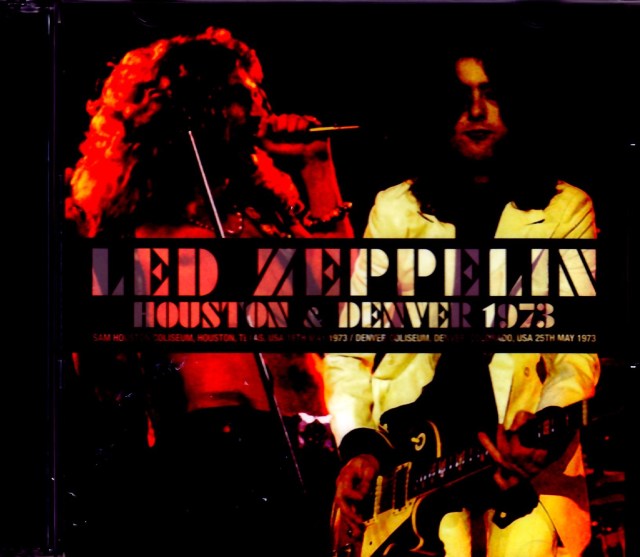

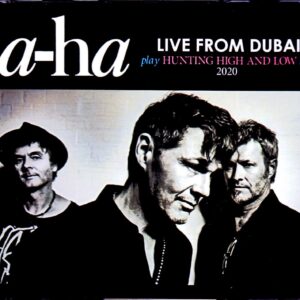
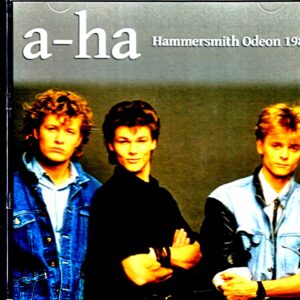
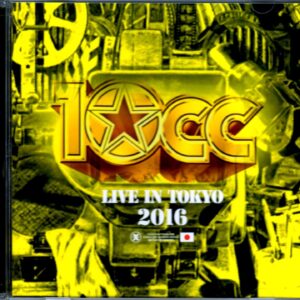
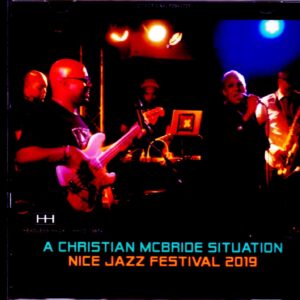
Reviews
There are no reviews yet.